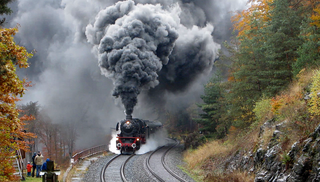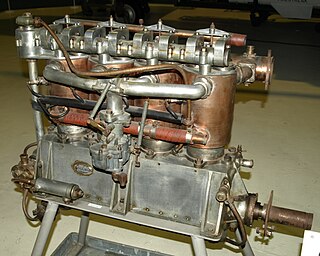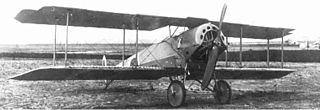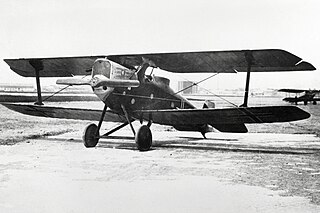| III Triplane | |
|---|---|
 | |
| Alliot Verdon Roe in the cockpit of his Roe III Triplane in September 1910 during his visit to the United States. | |
| Role | Experimental aircraft |
| Manufacturer | Avro |
| Designer | Alliott Verdon Roe |
| First flight | 24 June 1910 |
| Number built | 6 |
The Roe III Triplane was an early British aircraft. In configuration, it was similar to the Roe II Triplane, with a triplane tailplane and an open-top fuselage of triangular cross-section, but the Roe III was a two-seater, and featured ailerons for the first time in a Roe design. The five (some sources give three) production machines differed from the prototype in having the ailerons fitted to the middle wing (the prototype's were on the upper wing) and in being powered by a Green engine in place of the prototype's JAP.

An aircraft is a machine that is able to fly by gaining support from the air. It counters the force of gravity by using either static lift or by using the dynamic lift of an airfoil, or in a few cases the downward thrust from jet engines. Common examples of aircraft include airplanes, helicopters, airships, gliders, and hot air balloons.
The Roe II Triplane, sometimes known as the Mercury, was an early British aircraft and the first product of the Avro company. It was designed by Alliott Verdon Roe as a sturdier development of his wood-and-paper Roe I Triplane. Two examples were built, one as a display machine for Roe's new firm, and the second was sold to W. G. Windham. The longest recorded flight made by the Roe II Triplane was 600 ft (180 m).

A triplane is a fixed-wing aircraft equipped with three vertical stacked wing planes. Tailplanes and canard foreplanes are not normally included in this count, although they may be occasionally.
Contents
One example was sold to the Harvard Aeronautical Society, one was exported to the United States, [1] and two others suffered a curious fate while en route to the 1910 Blackpool Meeting - sparks from the steam locomotive taking them to Blackpool set fire to the aircraft. Roe was able to quickly replace them with new aircraft built from spare parts.

The United States of America (USA), commonly known as the United States or America, is a country composed of 50 states, a federal district, five major self-governing territories, and various possessions. At 3.8 million square miles, the United States is the world's third or fourth largest country by total area and is slightly smaller than the entire continent of Europe's 3.9 million square miles. With a population of over 327 million people, the U.S. is the third most populous country. The capital is Washington, D.C., and the largest city by population is New York City. Forty-eight states and the capital's federal district are contiguous in North America between Canada and Mexico. The State of Alaska is in the northwest corner of North America, bordered by Canada to the east and across the Bering Strait from Russia to the west. The State of Hawaii is an archipelago in the mid-Pacific Ocean. The U.S. territories are scattered about the Pacific Ocean and the Caribbean Sea, stretching across nine official time zones. The extremely diverse geography, climate, and wildlife of the United States make it one of the world's 18 megadiverse countries.

A steam locomotive is a type of railway locomotive that produces its pulling power through a steam engine. These locomotives are fueled by burning combustible material – usually coal, wood, or oil – to produce steam in a boiler. The steam moves reciprocating pistons which are mechanically connected to the locomotive's main wheels (drivers). Both fuel and water supplies are carried with the locomotive, either on the locomotive itself or in wagons (tenders) pulled behind.















